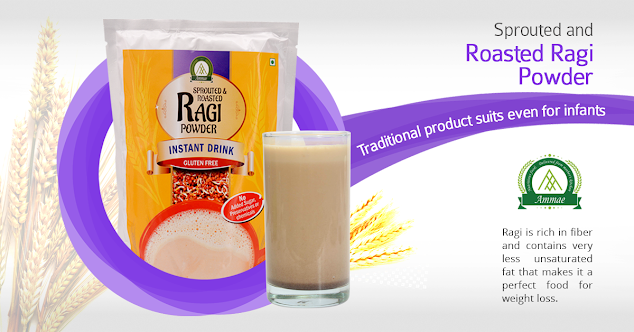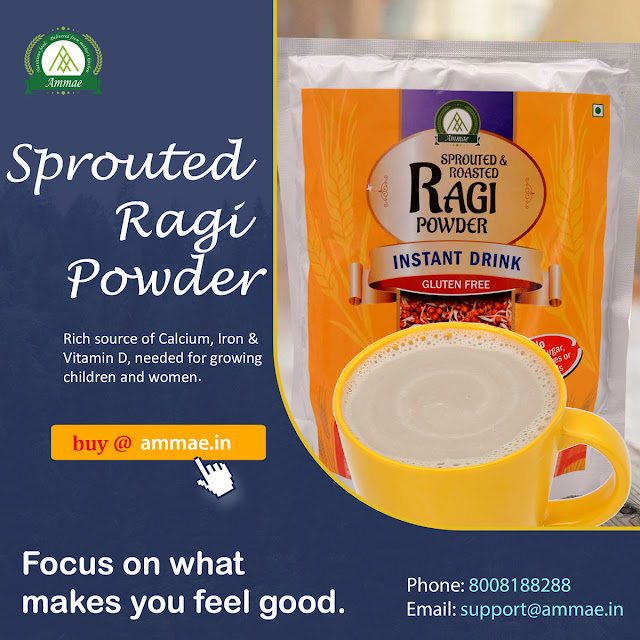Unlocking the Power of Chickpeas: A Nutritional Superstar
Chickpeas, also known as garbanzo beans, are not only a staple in many cuisines but also a nutritional powerhouse packed with health benefits. From supporting heart health to aiding in weight management, chickpeas offer a plethora of advantages that make them a valuable addition to any diet.
1. Rich Source of Protein:
One of the most notable benefits of chickpeas is their high protein content. Protein is essential for building and repairing tissues, making it crucial for overall health. With approximately 15 grams of protein per cup of cooked chickpeas, they are an excellent plant-based protein source for vegetarians and vegans.
2. High in Fiber:
Chickpeas are loaded with dietary fibre, both soluble and insoluble. Fibre plays a vital role in digestive health by promoting regular bowel movements and preventing constipation. Additionally, fibre helps to stabilize blood sugar levels, making chickpeas a smart choice for individuals with diabetes or those looking to manage their blood sugar levels.
3. Heart-Healthy Nutrients:
Consuming chickpeas regularly can contribute to heart health in several ways. They are rich in potassium, a mineral that helps lower blood pressure and reduce the risk of stroke and heart disease. Furthermore, chickpeas contain folate and magnesium, which are essential nutrients for maintaining cardiovascular health.
4. Supports Weight Management:
If you're looking to shed a few pounds or maintain a healthy weight, chickpeas can be your ally. Their high fibre and protein content promote feelings of fullness and satiety, which can help curb appetite and prevent overeating. Additionally, chickpeas are relatively low in calories compared to many other foods, making them an excellent choice for weight-conscious individuals.
5. Boosts Digestive Health:
The fibre content in chickpeas not only aids in regular bowel movements but also fosters a healthy gut microbiome. Fibre serves as food for the beneficial bacteria in the gut, promoting their growth and diversity. A healthy gut microbiome is associated with improved digestion, enhanced immune function, and reduced risk of gastrointestinal disorders.
6. Provides Essential Nutrients:
In addition to protein, fibre, and heart-healthy nutrients, chickpeas are a good source of several vitamins and minerals. They contain significant amounts of iron, which is vital for oxygen transport in the body and preventing anaemia. Chickpeas also provide zinc, manganese, and B vitamins, which play various roles in metabolism, energy production, and immune function.
Incorporating Chickpeas Into Your Diet:
Fortunately, there are countless ways to enjoy the benefits of chickpeas in your diet. You can add them to salads, soups, stews, and curries for an extra dose of protein and fibre. Hummus, a popular Middle Eastern dip made from chickpeas, is another delicious way to incorporate this nutritious legume into your meals. Roasted chickpeas make a crunchy and satisfying snack, perfect for munching on the go.
Conclusion:
Chickpeas are more than just a tasty ingredient; they are a nutritional powerhouse with numerous health benefits. Whether you're looking to support heart health, manage your weight, or improve digestion, incorporating chickpeas into your diet can help you achieve your wellness goals. So go ahead, stock up on chickpeas and reap the rewards of this versatile and nutrient-rich legume.






